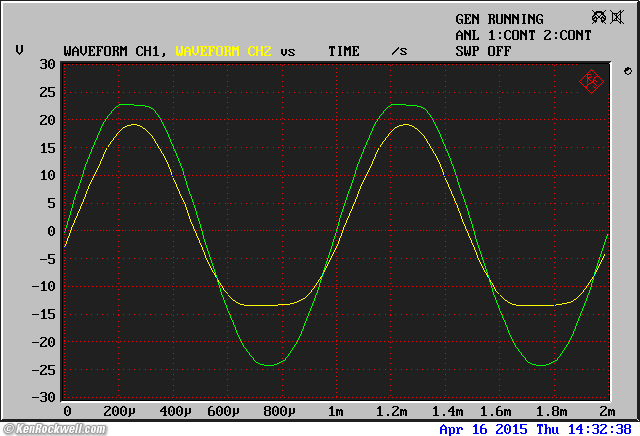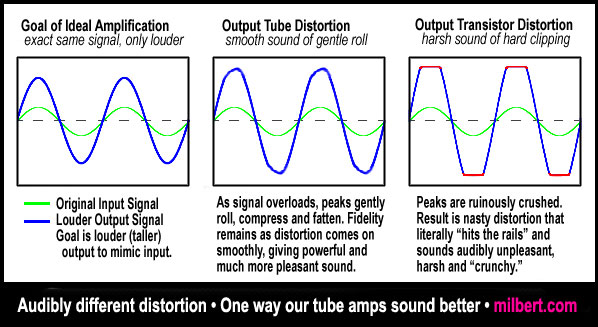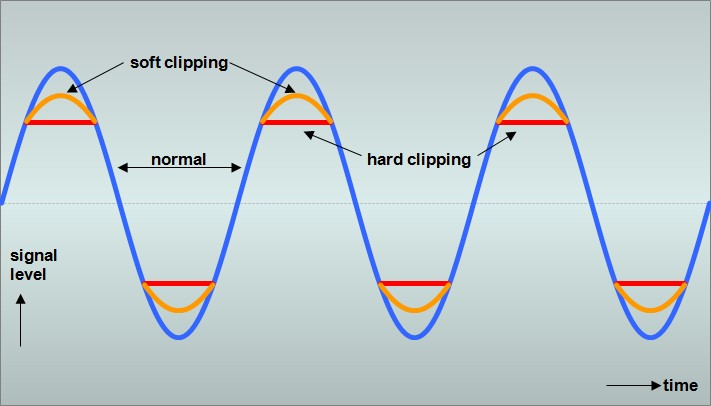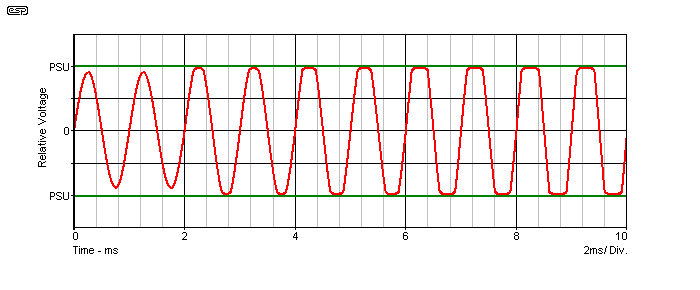I'm a big fan of Roger Sanders. He has a very measurement-based approach to his products and is of the view that amps do sometimes sound different but not for the reason that most audiophiles think.
to quote:
"Most audiophiles simply don't recognize when their amps are clipping. This is because the clipping usually only occurs on musical peaks where it is very transient, and does not occur at the average power level. Transient clipping is not recognized as clipping by most listeners because the average levels are relatively much longer than the peaks. Since the average levels aren't obviously distorted, the listeners think the amp is performing within its design parameters -- even when it is not.
Peak clipping really messes up the performance of the amplifier as its power supply voltages and circuits take several milliseconds to recover from clipping. During that time, the amp is operating far outside its design parameters, has massive distortion, and it will not sound good, even though it doesn't sound grossly distorted to the listener.
Instead of distortion, the listener will describe an amp that is clipping peaks as sounding "dull" (due to compressed dynamics), muddy (due to high transient distortion and compressed dynamics), "congested", "harsh", "strained", etc. In other words, the listener will recognize that the amp doesn't sound good, but he won't recognize the cause as simple amplifier clipping. Instead, he will likely assume that the differences in sound he hears is due to some minor feature like feedback, capacitors, type of tubes, bias level, class of operation, etc. rather than simply lack of power.
But his opinion would be just that -- an assumption that is totally unsupported and unproven by any evidence. Most likely his guess would not be the actual cause of the problem. "
so, assuming the above makes sense (it seems to, at least to me) I'm wondering if it's possible or useful to measure this "transient" clipping?
It might provide a data point for readers. But I guess on the other hand, it may be pointless as we should probably just advise people to buy amps that are powerful enough not to clip
to quote:
"Most audiophiles simply don't recognize when their amps are clipping. This is because the clipping usually only occurs on musical peaks where it is very transient, and does not occur at the average power level. Transient clipping is not recognized as clipping by most listeners because the average levels are relatively much longer than the peaks. Since the average levels aren't obviously distorted, the listeners think the amp is performing within its design parameters -- even when it is not.
Peak clipping really messes up the performance of the amplifier as its power supply voltages and circuits take several milliseconds to recover from clipping. During that time, the amp is operating far outside its design parameters, has massive distortion, and it will not sound good, even though it doesn't sound grossly distorted to the listener.
Instead of distortion, the listener will describe an amp that is clipping peaks as sounding "dull" (due to compressed dynamics), muddy (due to high transient distortion and compressed dynamics), "congested", "harsh", "strained", etc. In other words, the listener will recognize that the amp doesn't sound good, but he won't recognize the cause as simple amplifier clipping. Instead, he will likely assume that the differences in sound he hears is due to some minor feature like feedback, capacitors, type of tubes, bias level, class of operation, etc. rather than simply lack of power.
But his opinion would be just that -- an assumption that is totally unsupported and unproven by any evidence. Most likely his guess would not be the actual cause of the problem. "
so, assuming the above makes sense (it seems to, at least to me) I'm wondering if it's possible or useful to measure this "transient" clipping?
It might provide a data point for readers. But I guess on the other hand, it may be pointless as we should probably just advise people to buy amps that are powerful enough not to clip






